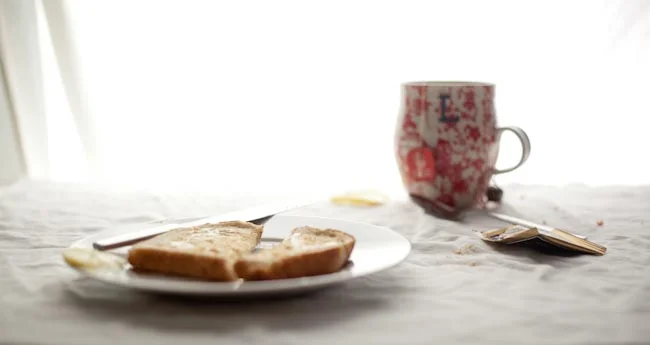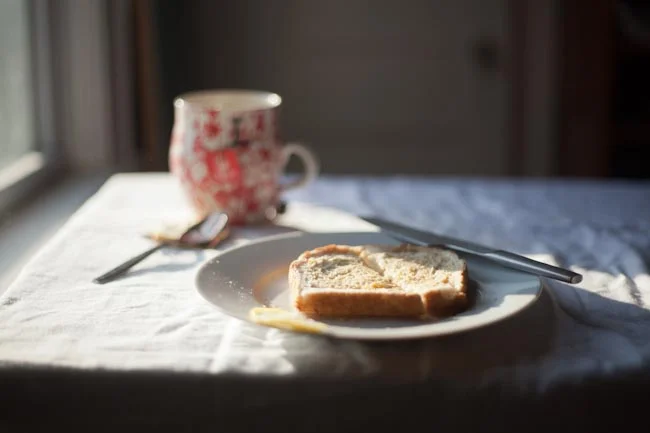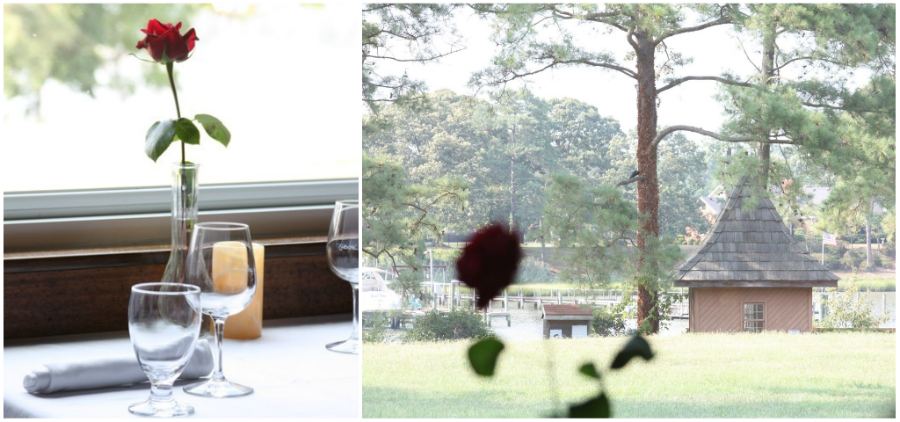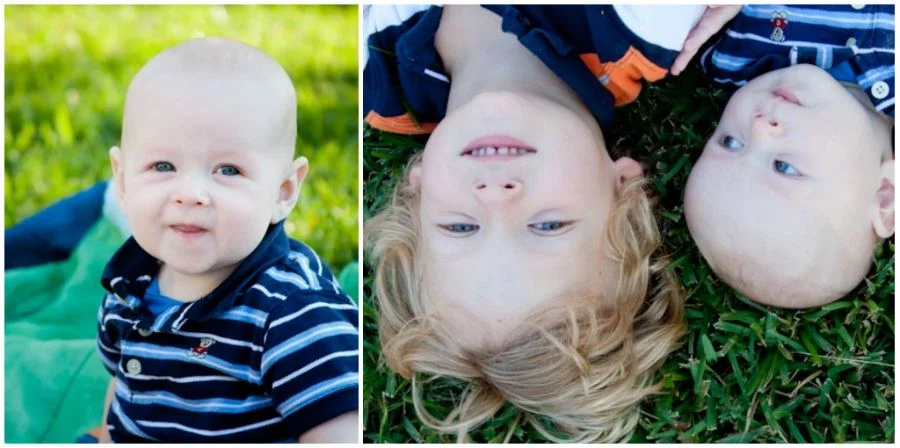Project 52:4 {life}
So this week's assignment for our Project 52 was Bokeh. Bokeh refers to the out-of-focus portion of a photograph that's achieved by using a shallow depth of field.
This is the moment when I imagine I'll lose everyone. The folks who've been studying photography and know all about bokeh will groan. Not this again. And those who are just picking up their cameras will say, Bokeh? What the what? I remember the first time that we worked on shallow depth of field in my photography classes as MOCA, and it was such a revelation. The idea of deliberately blurring portions of your photograph was thrilling to me. I'm so funny about photography. I feel like I'm trucking along nicely and then I'll stumble over bits of information that it seems like everyone already knows about, and then I feel so stupid! It was like that when I learned that this blur was called bokeh in this article. I still think it's a great description. Wikipedia does a pretty good job too.
Basically, with the camera, bokeh is achieved through a shift in your apeture or f/stop. My brain does not like processing this information very much, so I'm sure I'll do a terrible job of explaining it, but here goes. Aperture controls how wide open the lens gets, and a wider aperture, (which is actually a lower number - I know, forehead-smacking time), means a shallower depth of field, which creates bokeh. A wider apeture lets in more light, which also makes it appealing.
In these photos, the focus is near the front of the photo, on the toast, creating a blur for the tea cup. That's the effect I was going for. A hint of the idea of tea, promised in the blur.
I had a lot of fun with this assignment. Despite the cold I was catching closing in, I tried to pull together some of the disparate threads of things I've been working on with learning Big Daddy and what I've been doing in my photography class. Plus, it was fun to focus, for awhile, on something that I just wanted to do. No laundry folding or writing or blog work or dusting. Just exploring the camera and putting together a still life. Exploring a project from concept through completion. At first I was worried that I wasn't getting bokeh "right." So many people were posting beautiful photos of sparkly lights (If you want to get some great shots of bokeh, aim your camera into a tree on a sunny day, focus on one point, and let the leaves and sun blur together.), but then I relaxed and just went with it. I know what I want to take picutres of! Next week, on Tuesday likely, I'll take you behind the scenes in my thought process as I put together this mini-shoot.
But back to bokeh! I thought I'd dig through some of my old photos to illustrate the point a bit. The quality may not be the greatest in some of these, but you'll (maybe) get the point.
In the first photo, we have nice bokeh, that lovely blur hinting of a scene outside. The second blurs the rose to bring the scene outside into detail.
These two shots play with bokeh in a natural setting. Hydrangea vines along our fence. I took these pictures early last spring, March maybe, when I was really starting to play with a shallow DOF and enjoying how the blur of the fence highlighted the early buds on the vines.
Bokeh is often used for portraiture, as you can see in this first picture of baby Landon. The blur in the background highlights Landon's face, but by closing up the aperture (by raising the f/stop) both boys and the grass are in focus, making the full effect about two brothers playing on the lawn on a summer day.
Bored yet? Confused? If you're not in full manual mode on your camera, switch it to Aperture Priority (either A or AV). This means that while you choose the aperture or f/stop, the camera will choose the shutter speed to help you get the correct exposure. That way you can play around with your depth of field and have some fun. Another important point (and trust me, this bokeh thing gets way more complex than I have any interest in being) is that distance between you and your subject and your subject and what you're blurring will make a difference as well. But I'm not going to say any more about that...just go have some fun. You can't do it wrong, you know!







